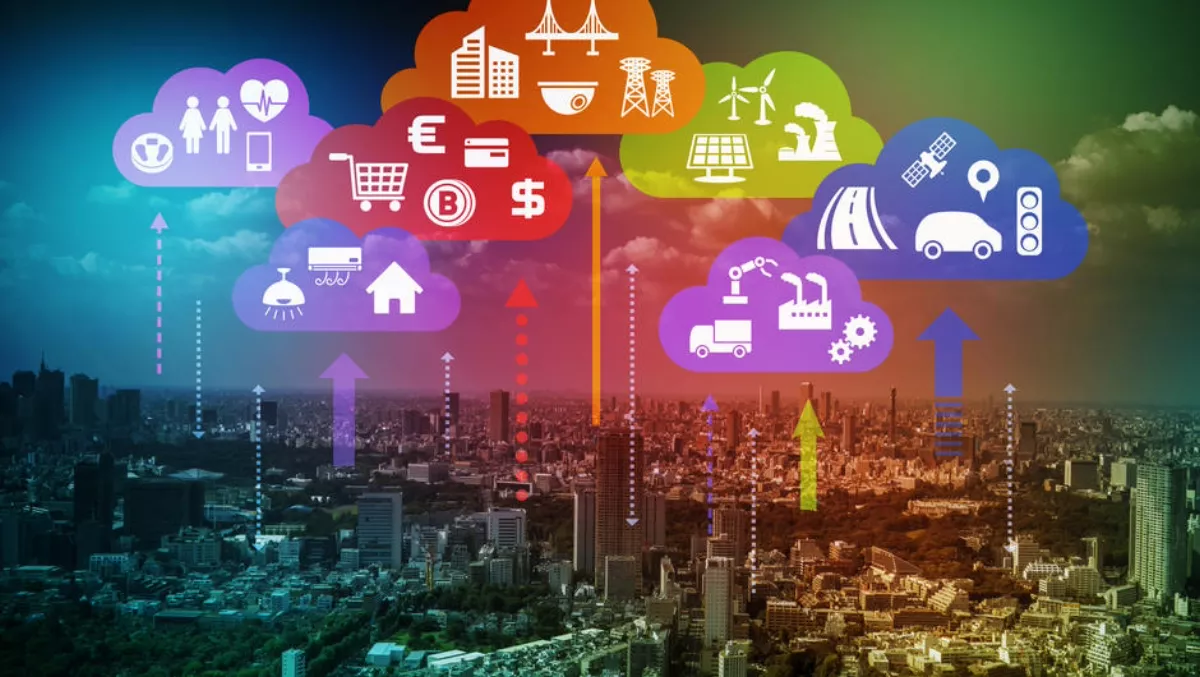
Smart city technology investment to reach US$80bil this year – IDC
Worldwide spending on the technologies that enable Smart Cities initiatives is forecast to reach US$80 billion in 2018, according to the International Data Corporation (IDC).
In the first release of the Worldwide Semiannual Smart Cities Spending Guide, IDC provides a detailed look at the technology investments associated with a range of Smart Cities priorities and use cases.
As these initiatives gain traction, IDC expects spending to accelerate over the 2016-2021 forecast period, growing to US$135 billion in 2021.
"Smart Cities have recently evolved from a collection of discrete flagship projects to a sizeable market opportunity that will drive significant technology investments in 2018 and beyond," says IDC's customer insights - analysis group program manager Serena Da Rold.
"IDC believes that the strategic priorities we identified will drive digital transformation across cities of all sizes, but our research demonstrates that there can be significant differences in the focus of investments across regions. The new spending guide is a powerful tool to help vendors identify where the best opportunities lie for each specific use case now and over the next several years."
Smart Cities attain digital transformation in an urban ecosystem to meet environmental, financial, and social outcomes.
In IDC's view, a Smart City begins to be developed when multiple smart initiatives are coordinated to leverage technology investments across an entire city, use common platforms to decrease service time/maintenance costs, share data across systems, and tie IT investments clearly to smart missions.
Smart City programs are enabled by 3rd Platform technologies, and emerging technologies are accelerated in the city ecosystem to deliver innovative solutions in very specific areas.
The strategic priorities that IDC believes will see the most spending in 2018 and throughout the forecast are intelligent transportation, data-driven public safety, and resilient energy and infrastructure.
Intelligent traffic and transit and fixed visual surveillance are the two largest use cases in terms of worldwide spending, followed by smart outdoor lighting and environmental monitoring.
While these use cases attract considerable investments in most geographies, the focus shifts across different regions.
Intelligent traffic and transit will be the top priority in investment terms in the United States, Japan, and Western Europe.
Fixed visual surveillance will be the leading use case in China and the second largest in the United States, while environmental monitoring will be relatively more important in Japan.
"IDC's approach to size the global Smart City market is by identifying 41 key use cases that will have the most impact on local government over the next three years, and sizing and forecasting their growth," says IDC Government Insights and Smart Cities programs vice president Ruthbea Yesner.
"This approach provides technology suppliers with a detailed look at the opportunity in cities and offers a view into niche areas as well as broad market solutions."
On a geographic basis, the United States will be the largest market for Smart City technologies with spending forecast to reach $22 billion in 2018.
China will be a close second with 2018 spending expected to be nearly $21 billion.
The two countries will share a similar growth trajectory with five-year compound annual growth rates (CAGRs) of 19.0% and 19.3%, respectively.
The regions that will see the fastest spending growth are Latin America (28.7% CAGR) and Canada (22.5% CAGR).
IDC's Worldwide Semiannual Smart Cities Spending Guide quantifies the expected technology opportunity around smart cities initiatives from a region and worldwide level.
Spending data is available for nine regions with a focus on 15 use cases across five strategic priorities, as well as the overall Smart Cities market size.
The spending guide is designed to provide IT vendors with insights into this rapidly growing market and how the market will develop over the five-year forecast period.


